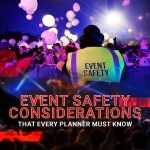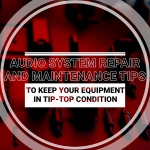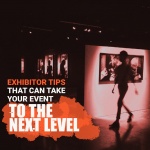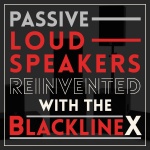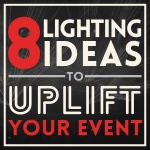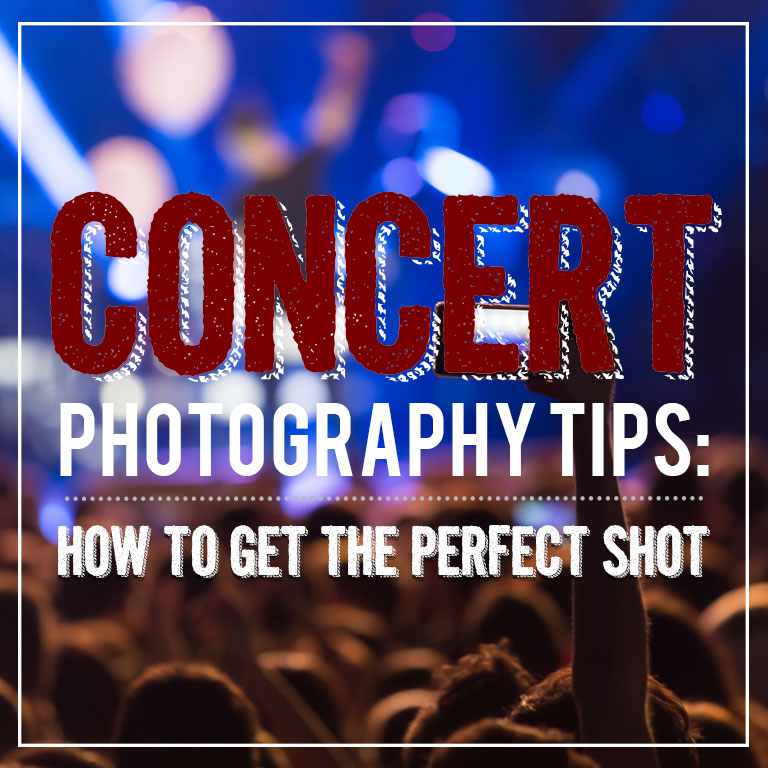
Concert photography is rewarding – it combines your passion for music and photography. Not only it allows you take memories from the concert but also places you a few feet away from your favorite artists while taking portraits of them.
While it can be exciting, it can also be very challenging because of the drastically changing lighting situation in concerts that usually comes along with a music venue. However, with the right camera settings, you can prepare yourself to this situation to save you from the frustration of going home with blurry or overexposed images.
Want to know how you can take great concert pictures?
Whether you are an avid fan who simply wants to capture the best moments of your life or a novice photographer who looks into concert photography as a likely career, take a look at these tips on how to get the perfect shot even on low light.
Use the Right Lens
Firstly, you will need to equip yourself with a fast lens with the lowest f-stop possible. It has an aperture with a wider opening, permitting more light to enter the camera sensor. This allows for faster shutter speeds which result to clearer photos even in low light conditions.
Investing in reliable fast lenses allow you to get the job done with greater ease and clarity. Lenses such a 24-70mm f/2.8 and/or a 70-200mm f/2.8 are ideal for concert photographers. However, these two can be very expensive. But, you can always start with a cheaper 50mm f/1.8 or 85mm f/1.8 lens. These lenses lack the ability to zoom, but they make up for it greatly with their wide aperture while you save on cash.
Switch to Manual Mode
An aperture priority mode is a great option for beginners. However, this can easily produce false exposures at times of sudden lighting changes. For that matter, it’s ideal to switch into manual exposure mode during concerts where there is a dramatic and varying light condition. It allows you to better control your exposure rather than allowing the camera do the work for you – like in an aperture priority mode. When done properly, it produces clearer and better concert photos.
Shoot with the Lowest Aperture
The next thing you have to do is to set your aperture to the smallest number on your lens. Shooting with the lowest aperture will allow more light to enter your camera sensor and is an important setting in low-lit concert stages. Lenses with an aperture of f/1.4, f/1.8 or f.2.8 will work great in concerts with ultra-low light conditions. But, for beginners, a 50mm f/1.8 lens will already do.
Adjust the Shutter Speed
In low lighting conditions, it’s ideal to maintain a shutter speed of 1/250 or faster to pull off decent concert photos. This also works during lively concerts to freeze the action. However, an exception to this rule is when you’re in a concert with a very low lighting but the artist is not as active on stage. In this case, you can already do with a shutter speed slower than 1/250 and yet don’t risk blurred photos.
Set the ISO
Finally, the last of the primary settings you have to take note of is the ISO – the sensitivity of your digital sensor to light. The higher the ISO setting, the less light is needed for proper exposure, but the more your camera will be sensitive to light. It makes sense that in concerts with low light conditions, given the ability of your camera, to try starting off with an ISO of 1600. You can work your way up with that until you are satisfied with the image.
However, you have to keep in mind that the higher the ISO, the grainier your photographs are. But still, with the many post-processing programs available, this issue can be easily addressed and it’s far better than a blurred image.
Being a concert photographer is always exciting and tough. But, the more you engage with concert photography, the more you become adept at it. What’s important is to understand your settings and learn from the circumstances that come with it. You’ll be surprised to see yourself becoming more confident and comfortable with yourself and with your camera.
Did you love what you read? To whose concert would you love to apply these tips? Let us know in the comments section below.
Read our blog for more interesting and helpful tips!

